Diamond doves are commonly seen as pet birds due to their small size and quiet demeanor. They are widely available and are birds for those that want a less demanding pet.
Knowing more about these little doves can help you provide the best care possible.
Species Overview
Common Name(s): Diamond dove
Scientific Name: Geopelia cuneata
Adult Size: About 7.5 inches
Life Expectancy: Up to 10 years
Origin and History
These little doves are native to Australia where they can be found in dry areas near water. Diamond doves usually waddle on the ground looking for food in pairs and will eat both seeds and ants in the wild. They are one of the smallest kinds of doves in Australia and are in the Columbidae family of birds which includes pigeons.
Temperament
Diamond doves are not biters but they also aren't designed to be handled as they are fragile. They are social, though, and need companionship. It's just that they aren't a bird that is going to want to cuddle with you.
Another dove can keep them happy as they are not typically going to want to interact with you unless they were a hand-fed baby.
Speech and Vocalizations
Diamond doves do not talk or mimic sounds. This is an appealing quality for those that prefer a quiet bird companion and many find the soft cooing noise they produce soothing. These coos can vary, but diamond doves do not scream like larger birds.

Diamond Dove Colors and Markings
Male and female diamond doves look the same except for the colored ring around the eye. Male diamond doves have a larger red/orange ring around the eye when compared to females so this helps to easily pair birds up for breeding.
The body of a diamond dove is gray and the darker wings have white spots or "diamonds" on them which gives this bird its name. Due to selective breeding in captivity, white and silver diamond doves can also be found.
Caring for the Diamond Dove
Diamond doves require different care than parrots. These little birds need more horizontal rather than vertical space since they spend a lot of time on the ground and flying back and forth.
They do not climb like parrots do either, so do not expect them to spend time hanging on the cage bars. They will sit on branches and a nest must be provided to allow a diamond dove to rest.
Cage floors should be solid surfaces instead of bars to allow these birds to waddle on the ground. Garden-like aviaries are great places to allow diamond doves to fly, as long as they are safe and enclosed.
Common Health Problems
Diamond doves are prone to red mites and respiratory issues including canker and pneumonia. Preventing drafts and keeping a clean environment are important things to do to minimize the chances of a bird getting sick. Overall though, diamond doves are usually pretty healthy birds.
Diet and Nutrition
Unlike parrots, diamond doves do not use their beaks to break and crush food so they need grit added to seeds designed for doves and pigeons.
Fresh greens, soft fruits, and the occasional bit of hard-boiled egg should also be offered, but the bulk of a diamond dove's diet will be seed.
Exercise
All birds should be given the opportunity to safely fly, even if it is just for a few hours a week. Aside from flight time, diamond doves also need a flat surface to walk around on.
No climbing will be seen with these birds, but horizontally long cages, instead of tall cages, can allow some space to fly around if a safe flight zone is not available.
Quiet
Small
No talking or mimicking
Not a good bird for handling
Where to Adopt or Buy a Diamond Dove
Diamond doves are often found at both large and small pet stores as well as bird specific stores. Bird breeders and bird rescues are other sources to check for a diamond dove, but they are usually not difficult to find. Costs average around $75-$125 per bird.
More Pet Bird Species and Further Research
If you’re interested in similar species, check out:
- Ring-Necked Dove Species Profile
- Canary Bird Species Profile
Related Article

Bourke's Parakeet (Parrot): Bird Species Profile
Bourke's parakeets are an excellent introductory bird for those new to hookbills or parrots; they h
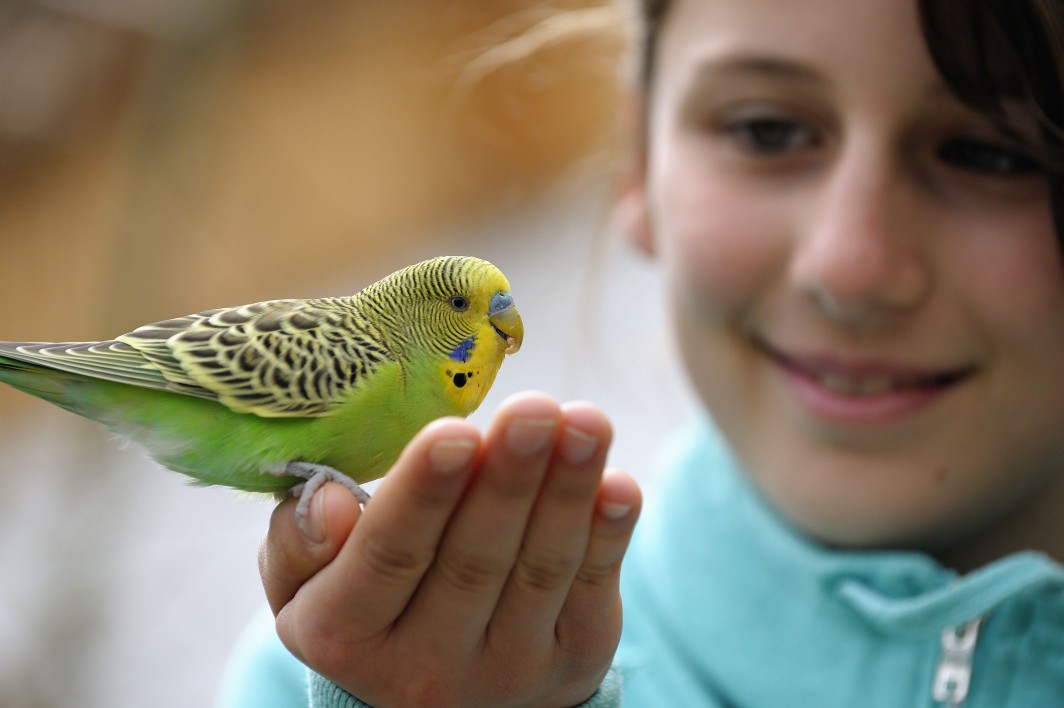
How to Care for a Pet Parakeet
The budgie, or parakeet, is among the smallest of the parrot species commonly kept as pets. They ar
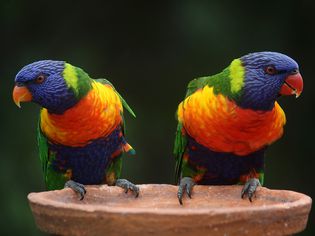
Rainbow Lorikeets: Species Characteristics & Care
Sweet-natured, vibrantly brilliant rainbow lorikeets are long-lived, medium-sized parrots that grow
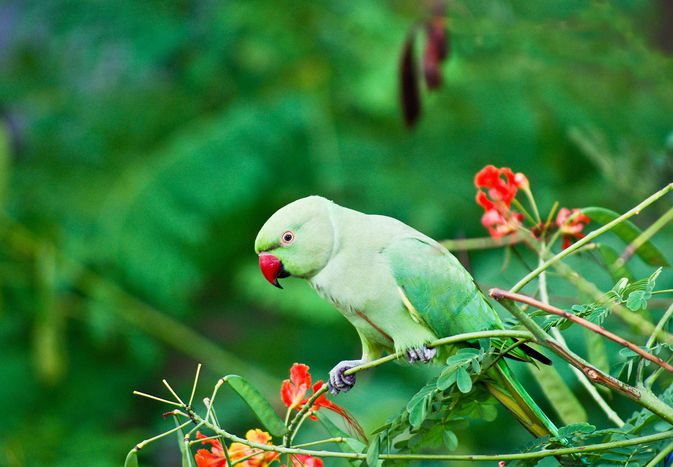
Indian Ringneck Parakeet (Rose-Ringed Parakeet): Bird Species Profile
The Indian ringneck parakeet, also known as the rose-ringed parakeet, is a very beautiful bird, as
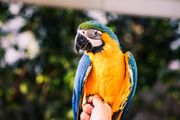
5 Best Large Parrots to Keep as Pets
People often associate the word "parrot" with large, colorful, powerful birds, and rightful
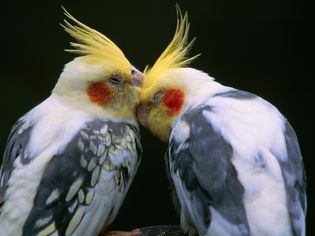
Cockatiel Breeding Basics
Cockatiels are part of the cockatoo family and are known for their warm and outgoing personalities
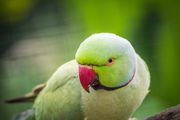
8 Top Loudest Parrots Often Kept as Pets
Parrots have the capability to be very loud, and some species are prone to more noise than others.

9 Best Types of Talking Pet Birds
Birds that talk have an incredible ability to repeat human speech, which makes them truly unique am
About WhiskerClub
We are a premier digital platform committed to delivering high-quality content to our readers. Our mission is to provide accurate, reliable, and engaging information that adds value to our audience's daily lives.
Our team consists of experienced content creators and subject matter experts who uphold the highest standards of professionalism. In an era of information overload, we curate content with care, ensuring our users receive only the most relevant and trustworthy information.
Beyond just reporting facts, we focus on depth and context. Through expert analysis, comprehensive research, and clear presentation, we help our audience gain meaningful insights and make informed decisions.
We take pride in being a trusted information source for our growing community of readers. Our user-first approach means we continuously adapt to provide content that meets our audience's evolving needs and interests.
Innovation and excellence drive everything we do. We're committed to improving our platform and services to deliver the best possible experience for our users.

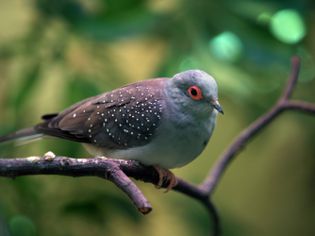
Comments on " Diamond Dove Species Profile" :